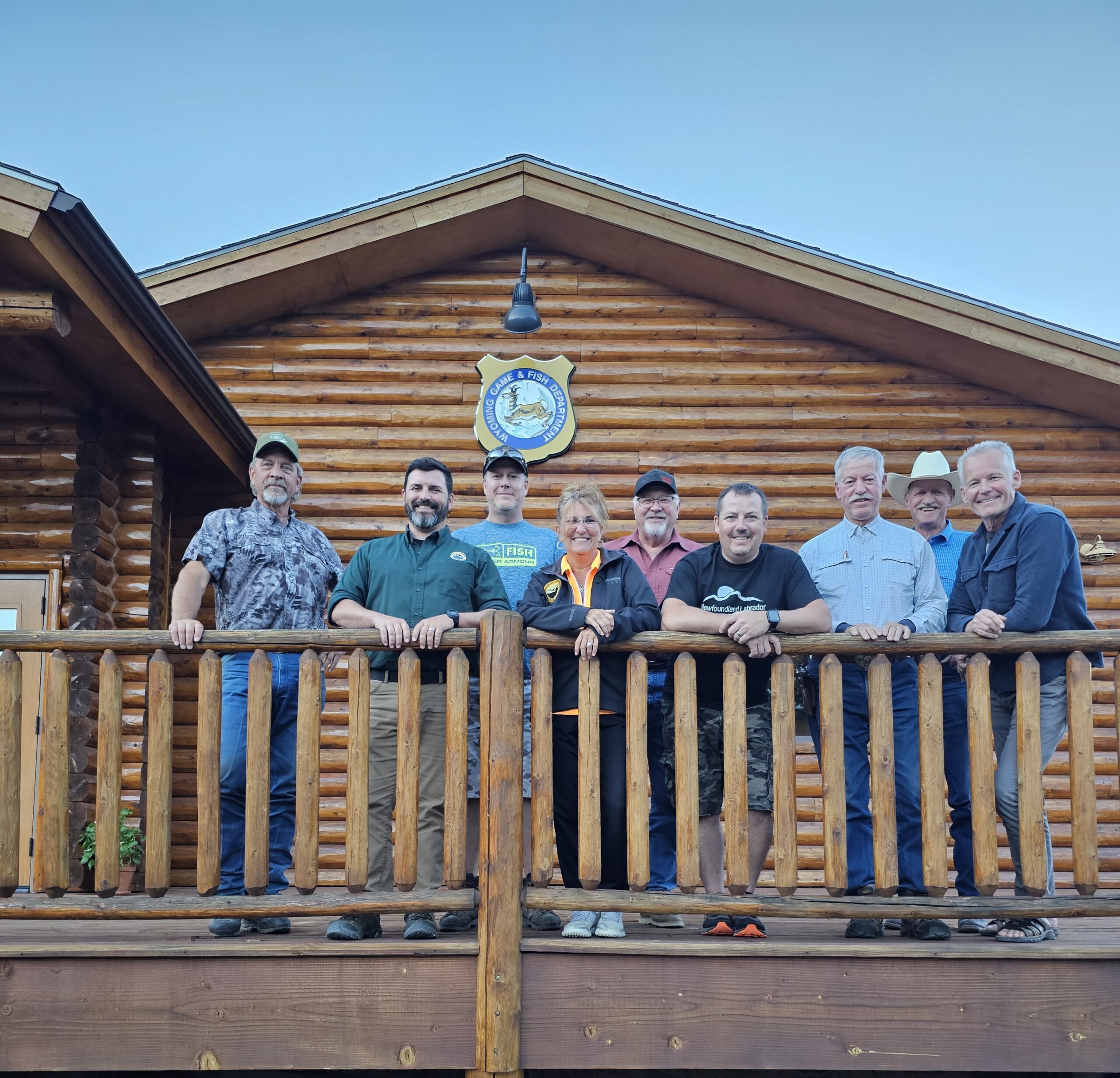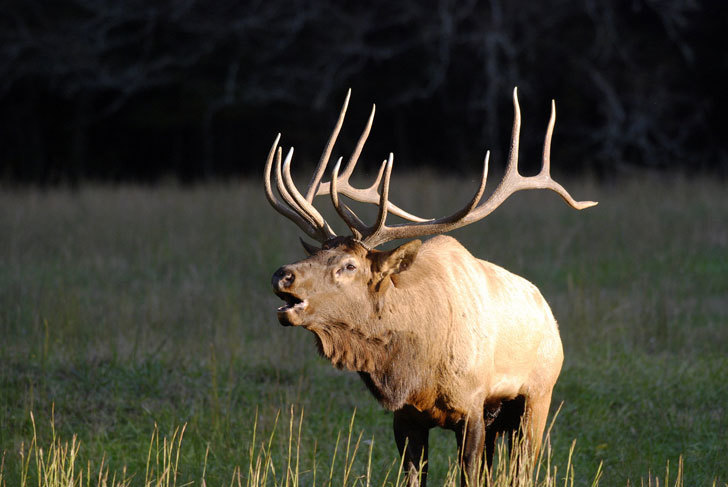 Many have heard of the North American Conservation Model and how well it has worked in preserving and increasing many species of wild game in North America. But did you know that 80 percent of the dollars that go into wildlife conservation in North America comes from various taxes on the sale of hunting, shooting and fishing related items?
Many have heard of the North American Conservation Model and how well it has worked in preserving and increasing many species of wild game in North America. But did you know that 80 percent of the dollars that go into wildlife conservation in North America comes from various taxes on the sale of hunting, shooting and fishing related items?
Individually a shooter provides more conservation dollars than does an average hunter, and individually a hunter provides more conservation dollars then does an average fisherman. With respect to overall economic effect on a community, an average hunter stimulates substantially more economic effect than does an average shooter or fisherman. Knowing that, it is easy to see when hunter numbers decline, the loss to both wildlife conservation and community economic benefit is devastating.
You have heard that hunter numbers in the US are rapidly declining—that is a fact. The latest (2016) USFWS Report just released reported hunter numbers are down to approximately 11.5 million as of 2016, which is about 5.6 percent of the U.S. population, with new hunter recruitment at about 3.5 percent. Further, there are legitimate estimates that in 2018 hunter numbers in the U.S. are closer to 10 million hunters, and that any further decrease will make the extended viability of hunting as we know it very questionable.
You don’t have to be a mathematical genius to realize that old hunters are dying off at a much faster rate than new hunters are being recruited. This is a recipe for total disaster for wildlife conservation and hunting unless hunter recruitment and participation are substantially increased immediately. This is where the R3 initiative comes into play.
R3 stands for “recruit, retain and reactivate” and is a national initiative by most of the state DNR departments, the USFWS, numerous conservation groups (NGO’s like SCI, PF, NWTF and many more) and other private industry retailers, wholesalers and manufacturers (Hornady, Bass Pro, Cabelas and more) to rapidly increase hunter, shooter, fishing, trapping, boating and other related outdoor participation in the U.S. so as to remedy and alleviate the devastating trend as set forth above. I attended the first annual National R3 Symposium along with most of the leaders of all the groups set forth.
Most of the speakers said the same thing — that in order for the R3 Initiative to be effective in remedying the devastating trends in recruitment and retention in hunter and other related outdoor participation, and thereby in turn to continue to allow the North American Conservation Model to work as originally intended, the following things must be done with the ultimate goal to increase the participation in these outdoor activities and make them self-sustaining and viable once more.
A radical change must take place such that the R3 initiative must become the PRIMARY mission of all related governmental, non-governmental conservation and wildlife groups, as well as all those in the related private industries.
 These three groups must be responsible for educating everyone in their groups, as well as the groups they service and sell to such as hunters, shooters, fishermen, etc., regarding the extent and devastating impact of declining participation trends; introduce and educate these groups about R3; and substantially implement the R3 movement in such a way as to increase participation to the extent necessary to materially change the existing negative trends.
These three groups must be responsible for educating everyone in their groups, as well as the groups they service and sell to such as hunters, shooters, fishermen, etc., regarding the extent and devastating impact of declining participation trends; introduce and educate these groups about R3; and substantially implement the R3 movement in such a way as to increase participation to the extent necessary to materially change the existing negative trends.
There are many strategies, techniques and tactics to increase hunter participation. Here are a few:
- Reallocate dollars to the implementation of R3 and make R3 a priority.
- Determine our target market in addition to youth—millennial, Gen Z, women, minorities, inactive gun owners (50 million), scholastic clay and MARKET to them with the realization eight out of 10 U.S. citizens live in urban areas.
- Develop evaluation tools to help insure dollars invested do in fact increase participation.
- The three groups must work together and develop strategic long- and short-term partnerships with each other to better and more efficiently facilitate increased participation.
After much discussion at our board meetings, the Iowa SCI Board unanimously voted to make R3 a priority by adding the following additional goal under our Mission Statement:
“Promoting greater hunter participation in Iowa, the U.S. and internationally, as well as promoting and educating the public about the R3 initiative in all aspects of our Chapter’s activities.”
The Iowa SCI Board is also working to partner with other groups to help promote R3, including potentially partnering with the Scholastic Clay Target Program (SCTP) in creating a grant program for new scholastic clay target teams in Iowa to help in their initial start-up. We are also developing a process to evaluate potential grants/donations so as to increase our chances of success in all programs where we are contributing dollars. Finally, by this and other future articles, events, programs and contributions, we hope to educate our members as well as the general public in all aspects of R3 and its importance to the continuity of hunting.– Dennis Schemmel, Board Member, SCI Iowa Chapter


